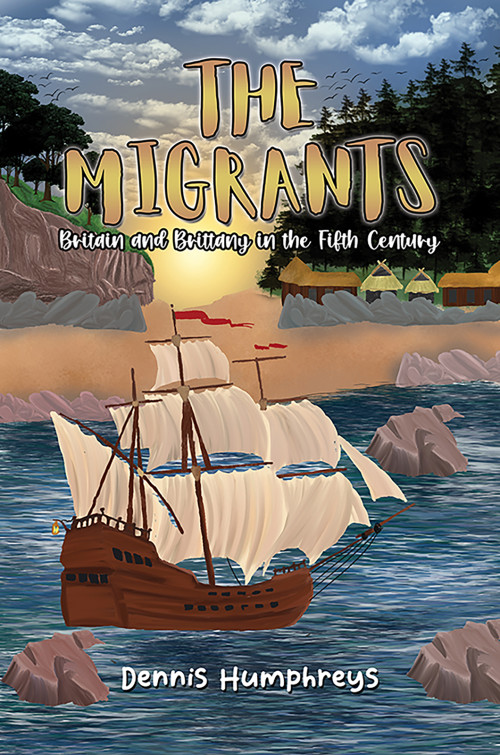
By: Dennis Humphreys
The Migrants
Book Format: Choose an option
Free standard delivery on UK orders over £35
*Available directly from our distributors, click the Available On tab below

By: Dennis Humphreys
Book Format: Choose an option
Free standard delivery on UK orders over £35
*Available directly from our distributors, click the Available On tab below

The author lives in South Devon in a Victorian house with a beautiful large garden.
He was born in Mid-Wales in 1945 at a time when the war was still going on, with gas masks and ration books everywhere, many soldiers billeted in the town and German prisoners of war in a camp nearby.
His father died when he was just three, and he was brought up by his mother with support from the family.
He read classics and law at Cambridge and had a long career in the law. Since retiring he has pursued several interests, including writing, studying French, visiting France, playing music on keyboard instruments, astronomy, sea angling and gardening. He is a member of the local Society of Arts and has served a secretary of the Torbay Astronomical Society.
He attended French classes until the pandemic, and found that he had a talent for writing stories in French. In 2019, he entered a writing competition in the French magazine used in the classes and won the competition, with a short romantic story. The Editor of the magazine wrote that they were entranced by the suspense and emotion of his story. Since then he has written the back stories of the characters in his winning entry, and this evolved into his novel, The Curious Tale of a French Salesman.
He has other novels in the pipeline: one about man who plays the guitar and likes rainbows, called Rainbow over Rocheville; one called The Transit of Venus a romantic fantasy story; and a historical novel set in Britain and Brittany in the Dark Ages in the era of King Arthur.
Sadly his wife, Liz died in 2022 after fifty-two very happy years of marriage. He appreciates the support from friends and family.
He feels that his long experience of life during changing times has given him the advantage of a wide perspective and an understanding of attitudes and values over the years.
He also feels that his experience in the law, where there is a need to understand and present a client’s “story”, is another advantage for a writer of fiction.
Favourite author: Guy de Maupassant (French); Joseph Conrad (English).
We use cookies on this site to enhance your user experience and for marketing purposes.
By clicking any link on this page you are giving your consent for us to set cookies